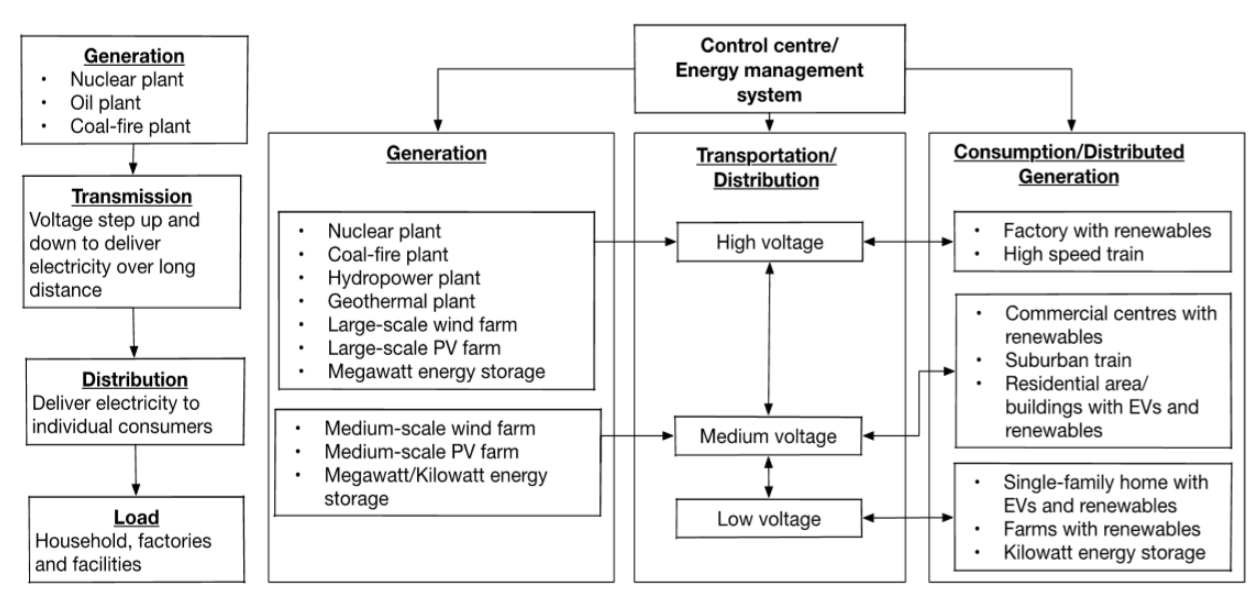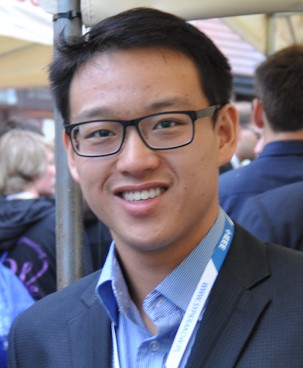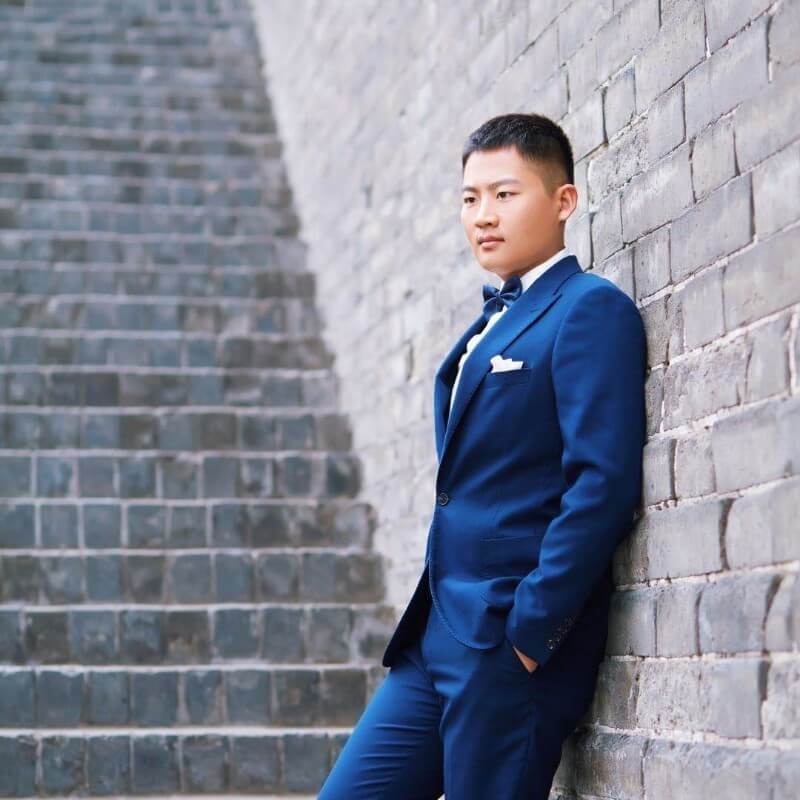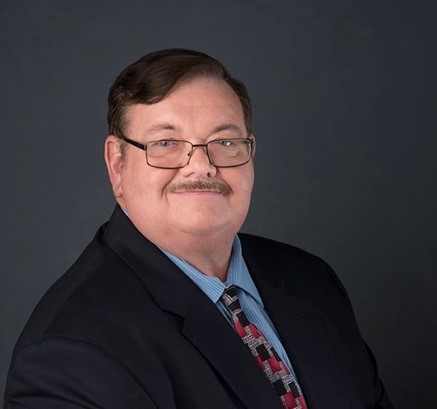IEEE - Techno-economic Metrics for Hybrid Energy & Storage Systems
IEEE P2814 Techno-economic Terminology Working Group (Chair: Dr Chun Sing Lai, Brunel University London, UK; Vice-Chair: Dr Dongxiao Wang, Australia Energy Market Operator, Australia; Secretary: Mr Michael Sanders, Salt River Project, USA)
Energy infrastructures play a critical role in smart cities by providing power to services and activities. Low carbon power generation replaces fossil fuel power generation to decarbonize society. The future of smart cities will highly rely on renewables such as solar and wind [1]. However, the high penetration of this clean energy could introduce power system stability issues. With limited controllability of power generation from renewables, Energy Storage (ES) is a technology to store and deliver power to the grid with controllability. Inevitably, ES will play a crucial role in decarbonizing the whole energy system including electricity, heat and gas networks for smart cities implementation.
A technical standard is a requirement or established norm for a repeatable technical task including in smart cities. The standard is usually a formal document that creates uniform technical or engineering requirement, methods, processes, and practices. Several technical standards are in development for sustainable energy technologies including fuel cells, photovoltaics, dispersed generation, and ES [2]. Standards are created through standard development. Standard development certifies that services and products perform as intended. They also support interoperability, installation and testing techniques, protect users and their environment, and enhance the quality of life of limitless communities and individuals globally [3]. IEEE standards are classified as follows [4]:
- Standards: documents with mandatory requirements.
- Recommended practices: documents in which procedures and positions preferred by the IEEE are presented.
- Guides: documents in which alternative approaches to good practice are suggested but no clear-cut recommendations are made.
- Trial-Use documents: publications in effect for not more than three years. They can be any of the categories of standards publications listed above.
There are standards for smart cities related to solar but there is no mention on the energy storage [5]. In this newsletter, the development of a new recommended practices on techno-economics for energy storage and low carbon power generation will be introduced.
Energy storage may enhance power system stability. Medical equipment, electric transportation, and communication network cannot be in operation without reliable energy sources. Due to the reduced cost and technical maturity, there is a sharp increase in the number of novel ES technologies developed including redox flow battery, supercapacitors, underwater compressed air ES, and pumped heat ES [6]–[8]). Fig. 1 presents a simple comparison between the energy infrastructure in the past mainly powered by fossil fuel generation and the infrastructure for smart cities.

Fig. 1: Comparison between the energy infrastructure (left) in the past (right) for smart cities.
In particular, some of the key challenges should be considered when deploying ES as follows:
Technical
- Grid services: ES provides several grid services including black start, frequency support, and load shifting.
- System topologies: ES applies to a range of systems including off-grid, grid-connected, transmission system, and distribution system [9].
- Whole energy system or multi-vector energy system: For countries including the UK and Finland, heat energy constitutes a large proportion of energy consumption. Whole energy system focuses on the study of integrating various energy types (heat, gas, and electricity) to optimally meet the load demand. The choice of ES for the system affects the technical performance.
- System resilience: There are numerous definitions of system resilience for the smart grid. In general, it is defined as the ability for the grid to recover following a low-probability and high-impact event [10]. ES can be used to improve system resilience by providing energy to the affected area of the grid.
- Generation integrated ES: Conversion to electricity from primary energy (e.g. heat) has been the norm for ES. This may not be the optimal approach for storing MWh of energy considering the inefficiency and expense of transforming primary energy into electricity, then into an intermediate form, and later back to electricity. Therefore, generation-integrated ES systems are a novel class of system for storing energy at some point along the transformation between the primary energy form and electricity [11].
Economic
- Business value: ES delivers business value when used for grid services. ES generates revenue and creates savings. For example, in the UK Short Term Operating Reserve and Fast Reserve are energy services procured by the National Grid [12].
- Technological difference: The ability to capture the technical differences between ES technologies and apply to economic appraisal is difficult. For a fair comparison of ES options, this is a key challenge that needs to be addressed. For example, the degradation of battery has been a key consideration for the battery’s economic [13].
By acknowledging the above key challenges, IEEE P2814 standard fills a critical gap in the current energy sector landscape by developing a techno-economic appraisal framework to compare different ES technologies considering various energy generation and service scenarios. The Project Authorization Request was submitted on 14th Feb. 2019, approved on 21st May 2019, and with an expiration date on 31st Dec. 2023. Currently, the scope and purpose of the standard are as follows:
Scope
This standard defines techno-economic terminologies used in the development, construction, and operation of renewable energy and electrical energy storage systems.
Purpose
- There is no consistent definition of techno-economic terms that have arisen in the evolution of renewable energy and ES systems.
- There is a need to define techno-economic terminology so that stakeholders can use a common language when planning standards and for understanding published industrial and technical reports.
- This standard is intended to serve as a basic reference for policymakers, developers, and users of such systems, for planning industry standards, and the interpretation of published technical and industrial reports.
- The envisioned stakeholders for the Standard include financers, engineers, policy-makers, entrepreneurs, academics, researchers and general interest in energy systems and ES systems. As of March 2020, the standard has about 20 active members from industries and academic institutions, from worldwide including the USA, UK, Australia, and China. There were four meetings held to date.
In conclusion, this newsletter reports a new standard is currently under development to address the techno-economic appraisal challenge for energy storage and low carbon power generation systems. Please email the Standard Chair: Dr Chun Sing Lai (c.s.lai@brunel.ac.uk) for more information. The development of the standard can be found on this website (https://sagroups.ieee.org/2814/). All are welcome to join the working group.
Acknolwedgement
This work is contributed by P2814 Working Group and its members. The authors would like to thank the support from IEEE Standards Association (SA), in particular for Ms Christy Bahn, IEEE SA Program Manager, and Professor Loi Lei Lai, IEEE Systems, Man and Cybernetics Society Standards Committee Chair for their support.
This document solely represents the views of IEEE P2814 WG and does not necessarily represent a position of either the IEEE or the IEEE Standards Association.
References
-
I. Lloyd, “How to power smart cities in a clean, low-carbon future,” 2019. [Online]. Available: https://www.smartcitiesworld.net/opinions/opinions/how-to-power-smart-cities-in-a-clean-low-carbon-future.
-
“IEEE SCC21 Standards Coordinating Committee on Fuel Cells, Photovoltaics, Dispersed Generation, and Energy Storage.” [Online]. Available: http://grouper.ieee.org/groups/scc21/index.html.
-
“IEEE Standards Used in Your Everyday Life.” [Online]. Available: https://beyondstandards.ieee.org/networking/ieee-standards-used-in-your-everyday-life/%0D.
-
“IEEE SA Standards Board Operations Manual,” IEEE Standards Association. [Online]. Available: https://standards.ieee.org/about/policies/opman/sect1.html.
-
K. van Dam, “Mapping Smart City Standards,” Imperial Consultants. [Online]. Available: https://www.bsigroup.com/LocalFiles/en-GB/smart-cities/resources/BSI-smart-cities-report-Mapping-Smart-City-Standards-UK-EN.pdf.
-
C. S. Lai and M. D. McCulloch, “Levelized cost of electricity for solar photovoltaic and electrical energy storage,” Appl. Energy, vol. 190, 2017, doi: 10.1016/j.apenergy.2016.12.153.
-
A. J. Pimm, S. D. Garvey, and M. de Jong, “Design and testing of energy bags for underwater compressed air energy storage,” Energy, vol. 66, pp. 496–508, 2014.
-
A. Smallbone, V. Jülch, R. Wardle, and A. P. Roskilly, “Levelised Cost of Storage for Pumped Heat Energy Storage in comparison with other energy storage technologies,” Energy Convers. Manag., vol. 152, pp. 221–228, 2017.
-
C. S. Lai and M. D. McCulloch, “Sizing of Stand-Alone Solar PV and Storage System with Anaerobic Digestion Biogas Power Plants,” IEEE Trans. Ind. Electron., vol. 64, no. 3, 2017, doi: 10.1109/TIE.2016.2625781.
-
L. Huang et al., “Resilience-Constrained Economic Dispatch for Blackout Prevention,” IFAC-PapersOnLine, 2018, doi: 10.1016/j.ifacol.2018.11.744.
-
S. D. Garvey et al., “On generation-integrated energy storage,” Energy Policy, vol. 86, pp. 544–551, 2015.
-
G. Locatelli, D. C. Invernizzi, and M. Mancini, “Investment and risk appraisal in energy storage systems: A real options approach,” Energy, vol. 104, pp. 114–131, 2016.
-
C. S. Lai et al., “Levelized cost of electricity for photovoltaic/biogas power plant hybrid system with electrical energy storage degradation costs,” Energy Convers. Manag., vol. 153, 2017, doi: 10.1016/j.enconman.2017.09.076.
Authors
 |
Chun Sing Lai (S’11, M’19, SM’20) received the BEng (First Class Honours) in electrical and electronic engineering from Brunel University London, UK and DPhil in engineering science from the University of Oxford, UK in 2013 and 2019, respectively. Dr Lai is currently a Lecturer at Department of Electronic and Computer Engineering, Brunel University London, UK and also a Visiting Academic with the Department of Electrical Engineering, Guangdong University of Technology, China. He is a member of Brunel Institute of Power Systems. From 2018 to 2020, he was an Engineering and Physical Sciences Research Council Research Fellow with the School of Civil Engineering, University of Leeds. He is Secretary of the IEEE Smart Cities Publications Committee and Acting EiC of IEEE Smart Cities Newsletters. He organized the workshop on Smart Grid and Smart City, IEEE SMC 2017 in Canada. Dr Lai is the Working Group Chair for IEEE P2814 Techno-economic Metrics Standard for Hybrid Energy and Storage Systems. His current research interests are in power system optimization, energy system modelling, data analytics, and energy economics for low carbon energy networks and energy storage systems. |
 |
|
 |
|
28 June 2020
Past Issues
To view archived articles, and issues, which deliver rich insight into the forces shaping the future of the smart cities. Older eNewsletter can be found here. To download full issues, visit the publications section of the IEEE Smart Cities Resource Center.

